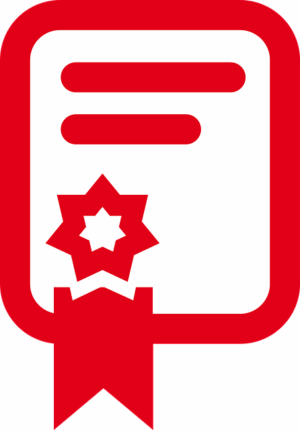Diplomas and degree certificates hold global value, but their international recognition varies. Systems like IQAS facilitate evaluation, and professional translation with authentication ensures accurate representation in foreign languages. Key steps include official document authentication, using qualified translators for critical info, maintaining digital originals, and choosing accessible languages. These practices optimize the impact of academic achievements when submitting diplomas and degree certificates internationally.
Submitting diplomas and degree certificates is a crucial step towards global academic recognition. In today’s interconnected world, understanding the international validation of these documents is essential for career advancement. This article guides you through the process, from translating and authenticating documents in diverse languages to considerations for seamless submission. Learn best practices to ensure your academic achievements are recognized worldwide, enhancing your professional prospects globally.
- Understanding the International Recognition of Diplomas and Certificates
- The Process of Translation and Authentication
- Key Considerations for Submitting in Different Languages
- Best Practices for a Seamless Submission Experience
Understanding the International Recognition of Diplomas and Certificates
When it comes to higher education credentials, diplomas and degree certificates hold immense value, especially in our globalized world. Understanding their international recognition is crucial for students and professionals looking to pursue opportunities abroad or in multinational environments. These documents serve as a testament to an individual’s academic achievements and can open doors to various career paths worldwide.
The international recognition of diplomas and certificates varies across countries and educational institutions. Many countries participate in agreements that facilitate the evaluation and accreditation of foreign qualifications, ensuring their equivalence to local standards. For instance, the IQAS (International Quality Assurance System) assesses and compares education systems globally, allowing for a smoother transfer of credentials. This process is essential for individuals aiming to advance their careers or pursue further studies in different countries, ensuring their academic qualifications are valued and understood internationally.
The Process of Translation and Authentication
When submitting diplomas and degree certificates in a language other than English, the process often involves translation and authentication. First, qualified translators with expertise in academic documents translate your credentials into English, ensuring accuracy and fluency. They handle the nuances of terminology specific to educational qualifications, preserving the original meaning and intent. Once translated, these documents require authentication to verify their authenticity. This step is crucial for institutions reviewing your submissions, as it ensures that the translated copies are reliable and match the originals. Authentication can involve various methods, such as notarization or certification by authorized bodies, which add an extra layer of trust and credibility to your academic qualifications.
Key Considerations for Submitting in Different Languages
When submitting diplomas and degree certificates in different languages, several key considerations come into play. First, ensure that all documents are official and authenticated with an official seal or signature from the issuing institution. This is crucial for verifying their authenticity, especially when translated. Accurate translation services should be employed to convert your academic credentials into the desired language, maintaining their original meaning and detail.
The choice of language can impact accessibility, particularly for international audiences. Consider the language that will best reach your target audience or the requirements set by the institution or organization you’re submitting to. Remember, clear communication is essential, so ensure the translation is precise and free from errors. This process allows for a seamless presentation of your academic achievements, enhancing the overall impact of your diplomas and degree certificates.
Best Practices for a Seamless Submission Experience
When submitting diplomas and degree certificates, whether in your native tongue or translated, there are several best practices to ensure a smooth and successful process. Firstly, verify that all documents are properly authenticated and legalized if they aren’t in the language of submission. This involves obtaining certifications from authorized bodies to ensure their validity and acceptability.
Secondly, pay close attention to translation quality. Accurate translations are crucial, especially for critical information like degrees, dates, and institutions. Consider using professional translation services for precision. Additionally, keep digital copies of your original documents safe and organized, as you may need them during the verification process.
Submitting diplomas and degree certificates in any language can be a straightforward process with the right understanding and practices. By navigating the international recognition of academic credentials, efficiently translating and authenticating documents, and considering key linguistic nuances, you can ensure a seamless submission experience. Remember to follow best practices such as using certified translators and keeping original documents secure. With these steps, you’ll be well-prepared to submit your diplomas and degree certificates globally, opening doors to new opportunities.
